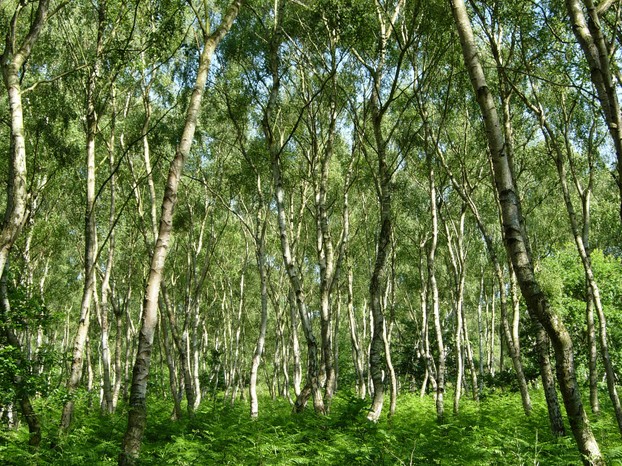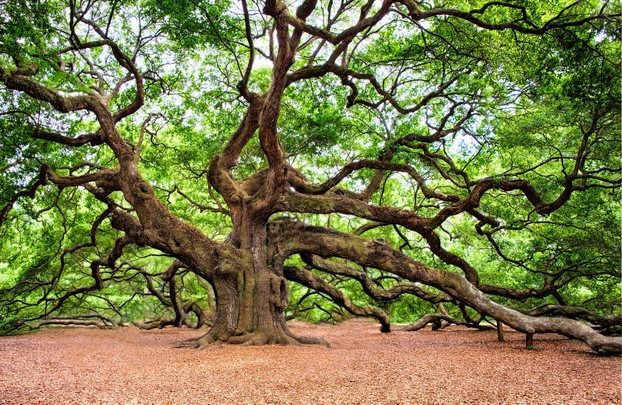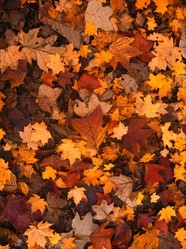The term forest now denotes a large expanse of woodland far larger than a small wood, but in older times it signified an area kept as a hunting preserve by the king, who fed his court on venison and entertained his courtiers by leading them on the hunt. To preserve the deer for his own use he needed to defend it against men such as Robin Hood, who was said to have a taste for royal venison. So the king's foresters were appointed to defend the forest. Some of them took a liking to royal deer as well, so there were a few prosecutions.The kings also liked to hunt wild boar, a foe more dangerous than deer,and the prevalence of boar hunting contributed to the extinction of the species in Britain [it has been reintroduced.]
In Norman times forest laws were brutal, but their severity was reduced by Henry the Third, who banned the blinding of miscreants. But severity was always the last resort. More often there were fines, as kings were in perpetual need of money. Moreover, a skilled poacher made an effective fighting man, so some convicted deer poachers finished up doing stint in the army, which was a better choice than a couple of years in a stinking dungeon. But it was not just poor people who robbed the king's deer. Knights,monks and at least on one occasion an abbot were fined for breaking the law.
But forest was not unremitting woodland. The area of a forest would be a mixture of woodland, possibly ancient, coppice[ copse] farmland, parkland and in some cases moorland. Areas of forest might be assigned to farmers in arrangements known as assarts. If they were used for cattle they would be called vaccaries.
Savernake Forest, in the southern county of Wiltshire is unique. It was known as a woodland in Anglo-Saxon times, but after the Norman Conquest it passed into the hands of a Norman, who became warden of the forest, and in the nigh on a thousand years since has never been sold, passing from father to son and in four cases daughter. The title warden of the forest still exists, and it is the only royal forest in private hands. The wardens have for a thousand years managed it well.To legally preserve it as a private forest it is closed to the public one day a year.
The New Forest is unique in that it was created by William the Conqueror. It is composed of areas of trees with expanses of grazing land. Commoners, certain ancient families of ordinary folk who have dwelt there since the afforestation, enjoy commoners' rights to graze their animals in the forest, and they guard these rights jealously. The forest has its own breed of ponies, New Forest ponies, which wander at will through the ancient woodland. In recent years there has been a need to manage invasive plant species, but the forest authorities have introduced carefully controlled ginger Tamworth pigs, whose exceptional snouts can clear ground of invasive roots very quickly. Wild boar have been reintroduced to the forest. They are great at clearing patches of ground, but not everyone loves them, for they can be dangerous and invade vegetable gardens.













 Pilgrimage. A review16 days ago
Pilgrimage. A review16 days ago
 Leo the Fourteenthon 05/09/2025
Leo the Fourteenthon 05/09/2025
 The Melsonby Hoardon 03/25/2025
The Melsonby Hoardon 03/25/2025



Comments
Preserving the bogs is a way of preserving soil, but peat as a soil enhancer is banned in the UK
Thank you for your comment below, on Jan. 26, 2024, in answer to my previous, same-day observation and question.
Peat bogs are so ecosystem biodiversity-, health- and resilience-friendly. Are they equally soil enrichment- and health-friendly?
(The latest, August 2024 Arborist News associates dead-wood retention piles with the European VETcert and the Unitedstatesian TRAQ (tree risk assessment qualification) certifications' attention to biodiverse, healthy, resilient environmental contexts that avow soil health and wildlife habitats.)
I don't know the various amounts, but peat bogs are hig0h in absorption capacity.
Thank you for your answer Feb. 22, 2019, to my previous question Feb. 21, 2019!
Your answer alludes to bog restoration as carbon sinks.
Some online articles describe oceans, plants and soil as major absorbers of atmospheric carbon. They encounter 25% contributions each from oceans and soil.
Might you know -- at least for the eastern-pond side ;-D -- what amounts plants such as forest trees realize?
I have just stumbled upon the original meaning of a modern colloquialism, acker, which is money placed as a bet. In mediaeval forests people could rent an acre of land, which was a source of wealth, hence an acker was wealth. The word has lingered on as a remnant of forest law, but changed its meaning.
Frank, you're quite a storyteller. I know so very little of the nature surrounding us (and its history) and Wizzley articles such as this one are invaluable to me.
Some bogs are being restored as carbon sinks.This is happening on Kinder Scout, a moorland twenty miles from my home.
Farmers gave up on holly because hay was cheaper. Also holly used to be grown in plantations for fodder, but this is not done now, so holly fell out of use as fodder. Some farmers use tree hay as a supplement, but these are mainly organic farmers.
frankbeswick, Thank you for the backstories, front-stories and products. Are there similar efforts for lands that revert to bogs? Why do farmers not use holly and other "tree hay" for farm animals?
What we are doing with forests is that we are eliminating many non-native conifer plantations in favour of native British species. Conifer acidifies the soil quite badly and is bad for life at ground level.
Acid rain is not as large a problem as it was, due to a general decline in coal usage in favour of gas and green power. Sulphur dioxide emissions are down 74% since 1970 and nitrogen oxides down 37% in the same period. Upland streams, which were the prime victims of acidification, are recovering. It has been noted that acid sensitive water plants and mosses are reviving in habitats where they were once extinct.
Prevailing winds come from the Atlantic, but others at times come from Scandinavia, which is quite a green place,so it is not producing the worst kind of emissions.